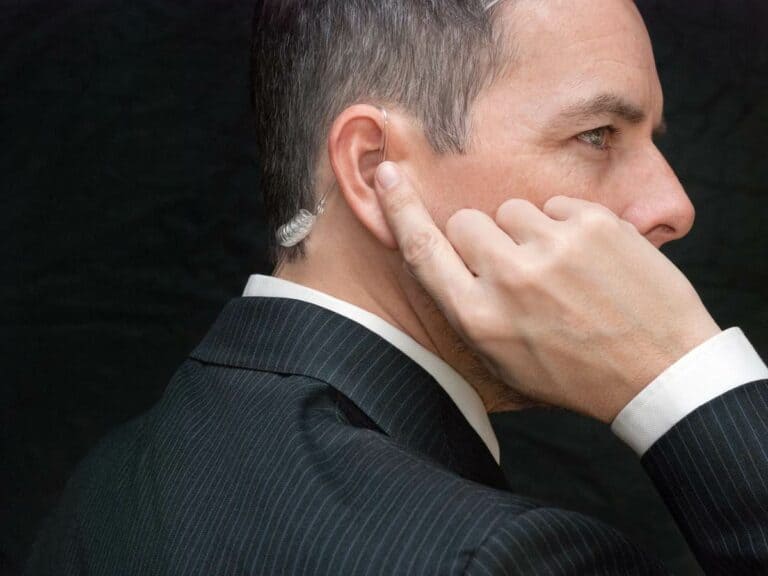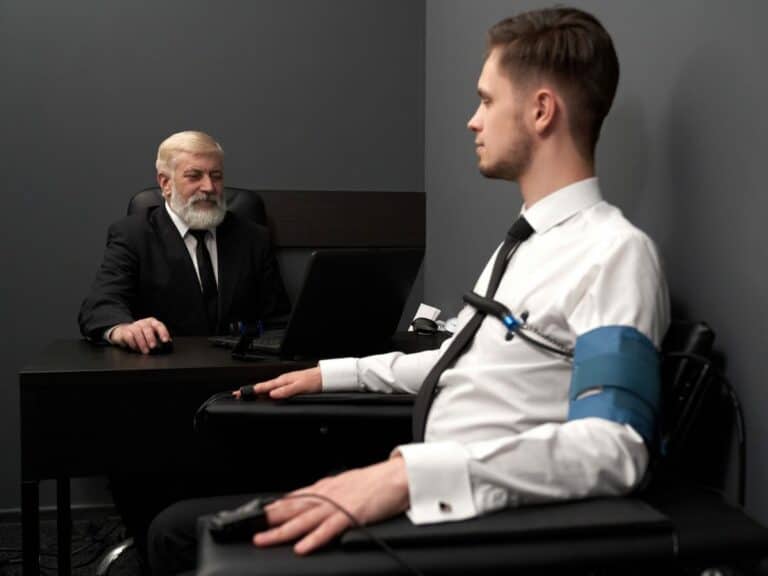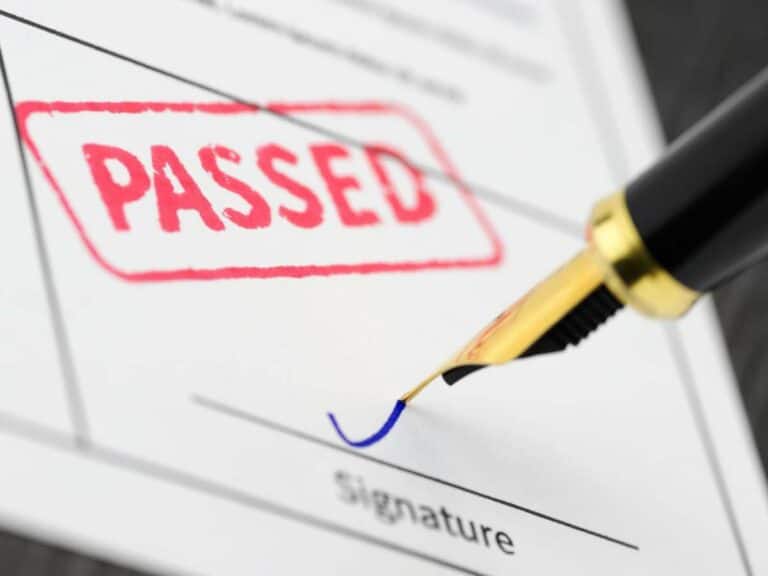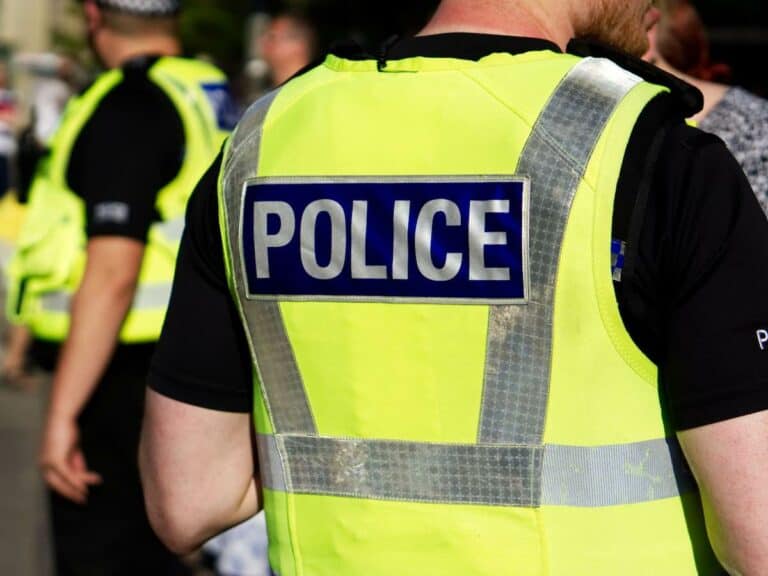6 Modern Polygraph Alternatives
A polygraph examination, while accurate, is not completely foolproof. Keeping it from being 100% reliable, which is what makes it inadmissible in most jurisdictions, is the fact that the result can be influenced not only by countermeasures a subject can attempt to deploy during the test but also by the very person who is conducting it.
Fortunately, there are alternatives to a conventional lie detector exam, although not as popular and widely used.
This post will point the spotlight at some of them, including anything from something that involves only the observation of non-verbal communication cues to one that entails the use of a sophisticated eye scanner.

1. Kinesic Interview
Simply put, the kinesic interview, which is also sometimes referred to as the kinesic interrogation, is founded on the principle of kinesics — the study of non-verbal communication, such as movements and body languages like facial expressions, hand gestures and posture.
It came into being in 1952 when the word “kinesics” was coined by Ray Birdwhistell, an American anthropologist, who studied the subject and wrote several books about it, too.
According to him, around 70% of the information expressed during a conversation is from non-verbal cues.
Initially, the principles of kinesics were used in the fields of linguistics and anthropology. It didn’t take long for what Birdwhistell had founded to be also employed for interview and interrogation purposes. As a matter of fact, it became a popular interrogative technique among police officers and criminal investigators.
The kinesic interview does not necessarily entail the interviewer wanting to obtain information or a confession from the subject. Rather, he or she is more concerned with assessing whether or not the person is telling the truth.
Like a lie detector test, the kinesic interview has different distinct phases:
- Orientation
- Narration
- Cross-examination
- Resolution
Below are some of the types of questions that may be asked during this polygraph alternative:
Punishment question
After talking about the possible punishment that the crime’s perpetrator is expected to receive, the interviewer will then ask the subject what he or she thinks should happen to the offender. A guilty subject is more likely to suggest a more sympathetic way to deal with the matter than an innocent individual.
Physical evidence question
Here, the interviewer asks the subject if there’s any reason why his or her, say, fingerprint or strand of hair might have been spotted at the crime scene. Typically, a guilty subject will attempt to cover for the said piece of evidence with a lie, which can be easily distinguished by the interviewer based on kinesics.
Crime existence question
Someone who is guilty will try to deny anything and everything — including the fact that the crime being investigated has really happened. And that is why a common question asked during the kinesic interview is whether or not the subject believes that the crime was ever committed in the first place.
2. PEACE Interview
Most people have this notion that the interrogative process during a criminal investigation is always stressful, aggressive and confrontational. Well, no one can blame them for thinking of it that way because that’s how most forensics crime drama-themed TV shows and movies make it look.
But believe it or not, there is a diplomatic way of interrogating individuals suspected of a crime, although it’s more commonly employed in the UK than in the US.
It’s what’s aptly referred to as the PEACE interview model or method.
Back in the early 90s, law enforcement officers and psychologists in the UK worked together in order to come up with a conversational, non-confrontational approach to obtaining much-needed information from the suspect. The mission was to reduce the number of false confessions as a result of hostile interviewing tactics.
The said collaboration resulted in the PEACE interview. Besides those in the UK, it didn’t take long for police officers and criminal investigators from other countries to utilize the method, too.
Here’s what the PEACE is the PEACE interview stands for
Preparation and planning
The creation of an interview plan is an important component of the PEACE interview. Some of the things the interviewer should consider, among other things, include the objective of the interview, length of time the subject has been in custody and relevant characteristics of the interviewee such as the cultural or religious background.
Engage and explain
During this part, the interviewer should orient the subject about the interview — its purpose and objectives and the routines and processes to expect. He or she should also encourage the individual to state anything he or she deems relevant. Basically, the aim is not only to inform the interviewee but also to establish rapport with him or her.
Account
What’s really nice about the PEACE interview is that it provides the suspect with a platform to provide his or her account of the events. To help in expanding and clarifying the account, the interviewer should ask short and jargon-free questions every now and then. Active listening is the most important role of the interviewer at this stage.
Closure
Abruptly ending the interview is a complete no-no. And this is why the interviewer, during the preparation and planning phase, should come up with the best way to terminate the interview. Some of the most critical steps to take, among others, include summarizing the subject’s account and allowing him or her to make clarifications and even ask questions.
Evaluate
It’s at this stage that the interviewer comes up with a report on the PEACE interview. He or she should evaluate how the subject’s account fits with the investigation. It’s also the task of the interviewer to reflect on the performance of the suspected individual and determine whether or not further action is necessary.
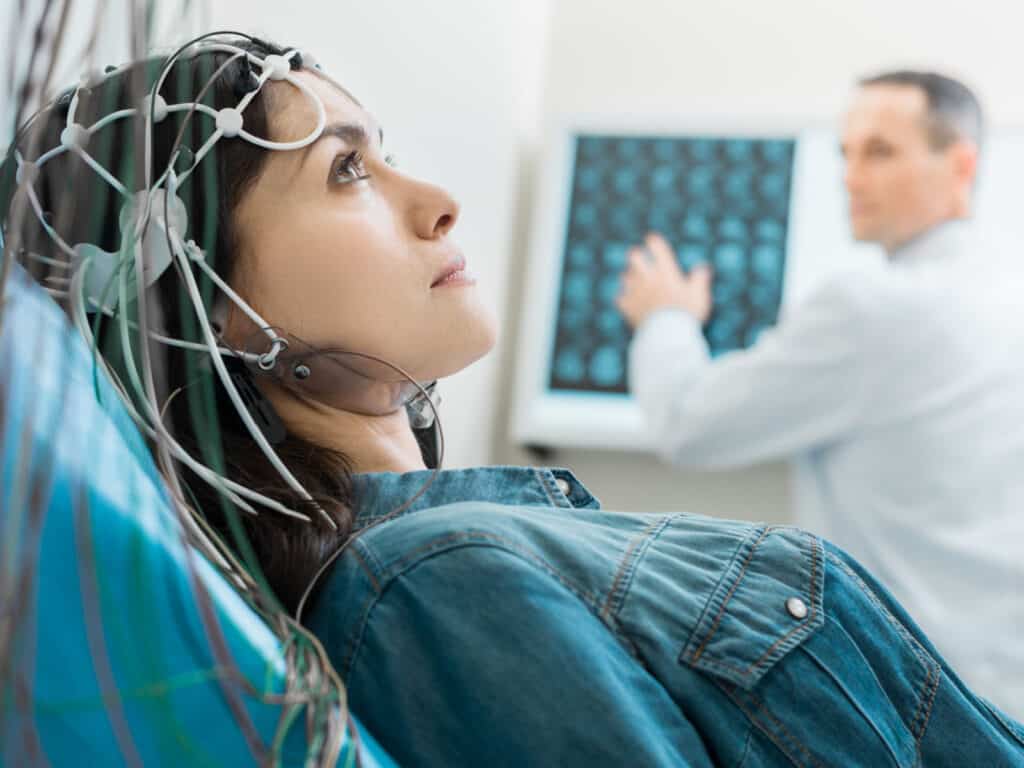
3. Electroencephalogram
EEG for short, electroencephalogram is a medical diagnostic test that measures electrical activity taking place in the brain by attaching electrodes, which are small, metal discs, to the scalp of the person. Electrical impulses sent by neurons (brain cells) in order to communicate with one another appear as wavy lines on the EEG strip chart.
In most instances, an EEG is used to test for epilepsy or another seizure disorder. The procedure may also be helpful in the diagnosis and treatment of other brain-related problems such as:
- Stroke
- Brain damage due to trauma or injury
- Brain inflammation
- Brain tumors
- Sleep disorders
When used for truth-telling purposes, according to a study, an EEG yields an accuracy rate of 84.44%.
In using an EEG for determining deception, electrical signals coming from the parietal lobe or, in layman’s terms, the top back part of the brain, are observed specifically. It’s for the fact that the said area of the brain is involved in both recognition and decision-making. So, to put it simply, that’s where lies come from.
Besides asking the suspected individual yes or no questions while undergoing an EEG, it’s not uncommon for pictures to be shown, too, which can help catch a liar even before he or she states the lie.
Let’s say that you were taking an EEG test because it’s believed that you murdered someone. The criminal investigator would show you pictures of various murder weapons. And then the actual weapon used in the murder case would randomly appear. An EEG would then alert the investigator whether or not you recognized the weapon.
If the waves on the EEG strip chart said you recognized it, needless to say, then you probably were the killer.
There are a few reasons why an EEG is not widely used as a truth-telling method. One of them is that, unlike a standard lie detector test that only requires a trained polygrapher, an EEG test requires a team of experts to be around, including an EEG technician who will administer the procedure and a neurologist who will interpret the result.
In addition, an EEG cannot differentiate the same brain activity that can be exhibited by the perpetrator of the crime and an individual who merely saw the crime scene and has no participation in the crime.
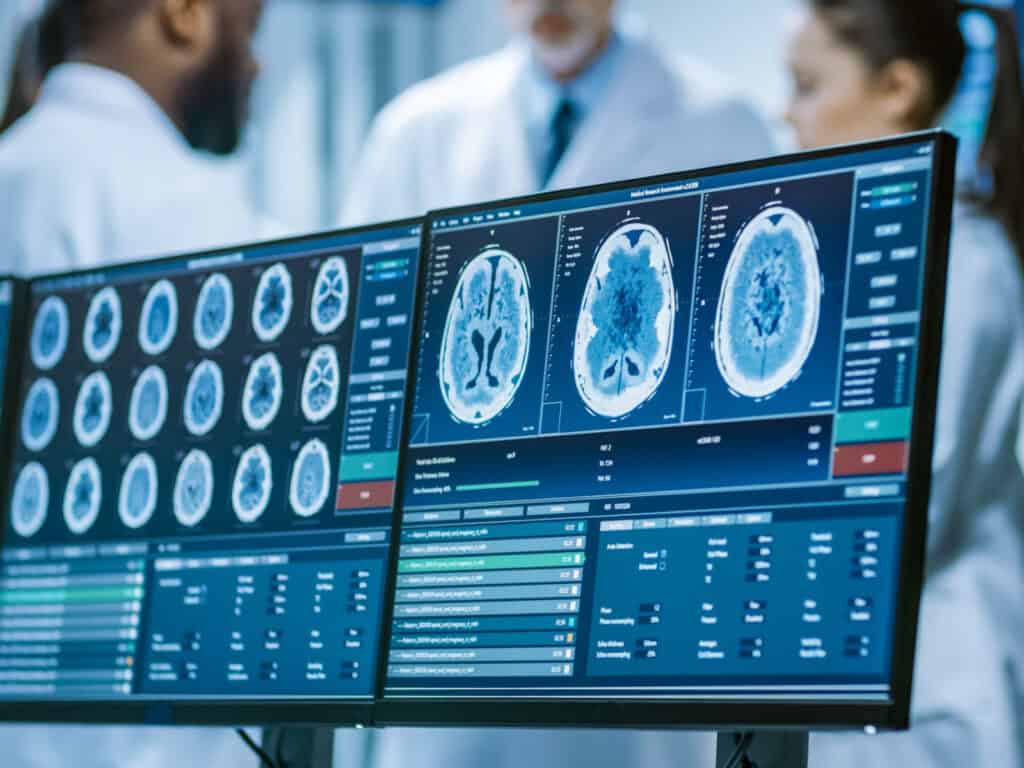
4. Functional Brain Scan
Other than an EEG, it’s also possible to detect deception with another medical procedure that takes a look at the brain of the subject under investigation. It’s referred to as functional magnetic resonance imaging (fMRI).
It’s important to understand the key differences between an fMRI and an EEG and, even more so, an MRI.
EEG allows police officers and criminal investigators to determine the veracity of an individual by means of an EEG strip chart. But that’s about it — they have no idea of what the examinee’s brain looks like. An fMRI, meanwhile, allows them to inspect a 3D digital representation of what’s taking place in the brain.
Speaking of which, what makes fMRI different from an MRI is that the former is primarily used for inspecting the functioning of the brain, while the latter is more on the creation of a detailed anatomical image of the brain.
So, in other words, an fMRI is for assessing how the brain functions. And it’s exactly because of this why this medical diagnostic test can prove to be helpful in diagnosing the following:
- Epilepsy
- Stroke
- Brain injury
- Brain tumor
- Alzheimer’s disease
When used as a truth-telling procedure, an fMRI helps in determining whether the subject is telling the truth or lying by allowing examiners to observe the activity in regions of the brain uniquely associated with deception: if there’s an increase in the flow of blood to the said areas, then the person must be stating a lie.
An fMRI can either be more or less accurate than a polygraph examination, depending on who you ask.
Some scientific investigations suggest that it can have a 100% accuracy rate. However, some studies suggest that an fMRI can be around 85% accurate in terms of detecting deception.
Unfortunately, it’s not just being dishonest that can cause increased blood flow to the deception-related regions of the brain but many other things, too, such as following instructions and solving puzzles. Due to this, the result of an fMRI can be influenced by the use of countermeasures just like a traditional lie detector examination.
As a matter of fact, according to a study, the accuracy of an fMRI drops to 33% when countermeasures are used.
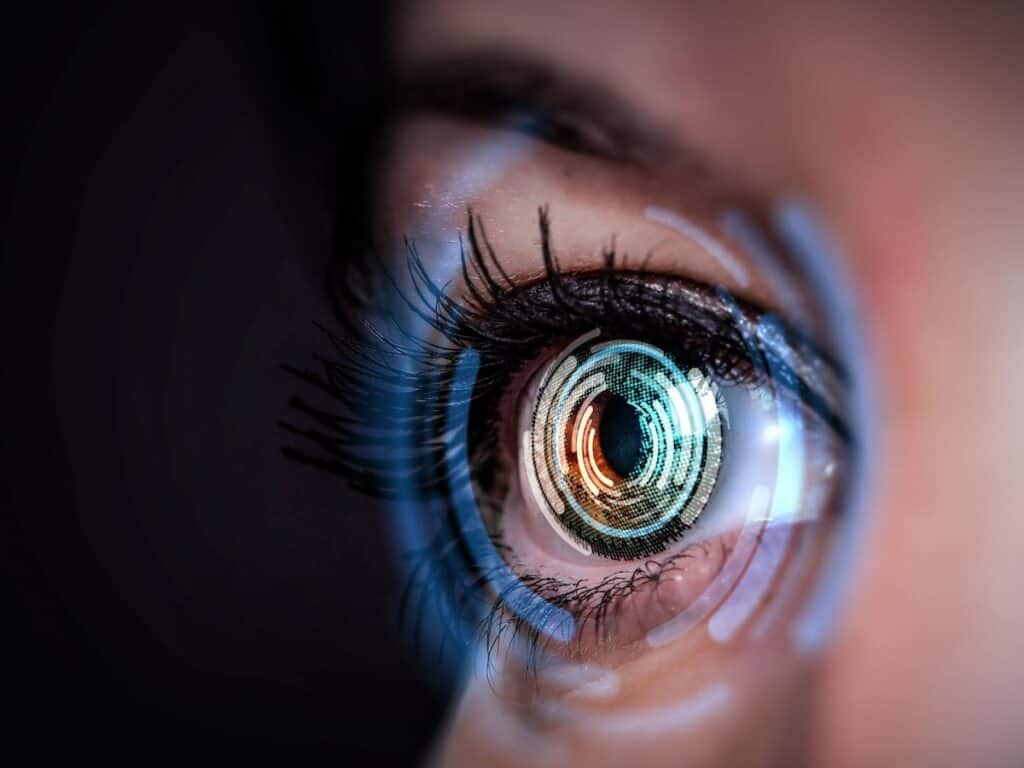
5. Eye Scan
Lie detector instruments with a lot of moving needles and blinking lights commonly used as props for forensics crime drama TV shows and movies are no longer the kinds employed by polygraphers of today.
What they use now are computerized polygraph machines.
It was in 1991 when the analog polygraph machine first encountered its fully computerized counterpart, which was the creation of the University of Utah psychology professors John Kircher and David Raskin. While less unwieldy, their invention still came integrated with an assortment of sensors for the computer to be able to record physiological changes.
They then collaborated with Anne Cook, a colleague of theirs from the same university, who, at that time, was using an eye-tracking device in order to conduct experiments on what the eyes could reveal about reading comprehension and memory. A couple of other professors at the University of Utah also joined the newly formed team.
The said scientific collaboration discovered that the eyes could reveal added cognitive load as a result of lying.
In 2012, a group of investors bought the rights to the technology used by the professors as well as asked them to join on board in introducing the eye-scanning lie detector to the world of polygraphy.
What’s really nice about the eye-scanning lie detector is that it’s devoid of the various sensors and whatnots that make a traditional polygraph machine clumsy and scary. Basically, it’s just a computer with a camera. During the examination, instead of being strapped to a machine, the subject simply has to place his or her chin on a chin rest.
The 15-minute eye-scanning lie detector monitors nothing but eye activity. It turns out that stress resulting from lying causes the pupils of the eyes to dilate or enlarge.
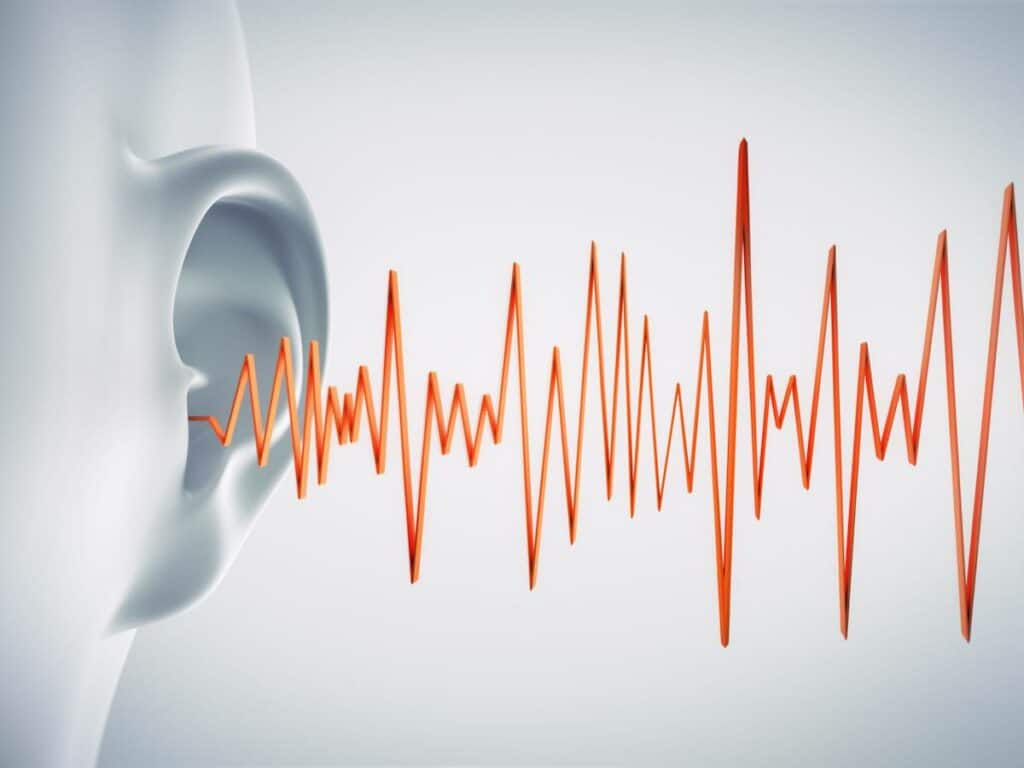
6. Voice Stress
Henry Wadsworth Longfellow, an American poet, once said that the human voice is the organ of the soul. True enough, a deceitful person’s voice can give him or her away with the use of modern-day technology.
A polygraph test as we know it works not by detecting lies. Rather, it allows the examiner to have an idea of whether or not the subject is lying by being on the lookout for physiological changes such as blood pressure, heart rate, respiratory rate and the skin’s electrical conductivity (sweating).
These bodily processes, however, can be influenced through mental and physical countermeasures.
It’s a good thing that there’s something in the body of a lie detector examinee that he or she cannot influence while being interrogated: the vocal cords, which the individual uses to answer yes or no questions.
When your fight or flight response is activated, such as due to the stress and added cognitive load that lying brings, the muscles of your body not only become tense. Back in 1970, a researcher at the University College London (UCL) named Olof Lippold learned that the muscles also vibrate when people are stressed.
This discovery of his is what would pave the way for VSA and, eventually, CVSA.
VSA stands for voice stress analysis, which, as the name implies, is designed to detect the presence of tremors in the voice of the individual who is undergoing it — there will be tremors in the voice when telling a lie and there will be none when telling the truth. The said tremors can only be picked up by a VSA machine and not the human ears.
Unlike a conventional polygraph machine, a VSA machine looks a lot less cumbersome and intimidating. After all, the truth-telling procedure’s setup is basically just a microphone that’s plugged into a unit with needles that write wavy lines onto a scrolling roll of paper. Needless to say, there are no sensors, cables and wires that can make some examinees nervous.
In 1988, a new and improved version of VSA came into being: CVSA
Short for computerized voice stress analysis, it replaced the analog VSA, which makes undergoing it even less nerve-racking for a person being interrogated for a crime-related incident or as a screening process for a job.
Because humans are incapable of controlling the vibration of their muscles when stressed, VSA and CVSA are nearly foolproof. Also, the only countermeasure possible when undergoing it is for you to not speak at all. Depending on who you ask, the procedure can be anywhere from 90% to 95% accurate.
Read Next: Can You Do a Lie Detector Test Online?
Just Before You Undergo an Alternative to a Polygraph Test
Determining the veracity of what people say is a must in certain situations, such as for solving crimes or screening the most suitable candidates for a sensitive job position. More often than not, hooking them up to a polygraph machine is an indispensable part of the investigative or pre-employment process.
Above, we talked about some alternatives to a standard lie detector test.
Each one of them has an obvious advantage over a polygraph examination as we know it. However, there are also some downsides to their use, which is probably why a traditional polygraph is still the most preferred and widely used truth-telling procedure by law enforcers, criminal investigators and some private companies and government agencies.


